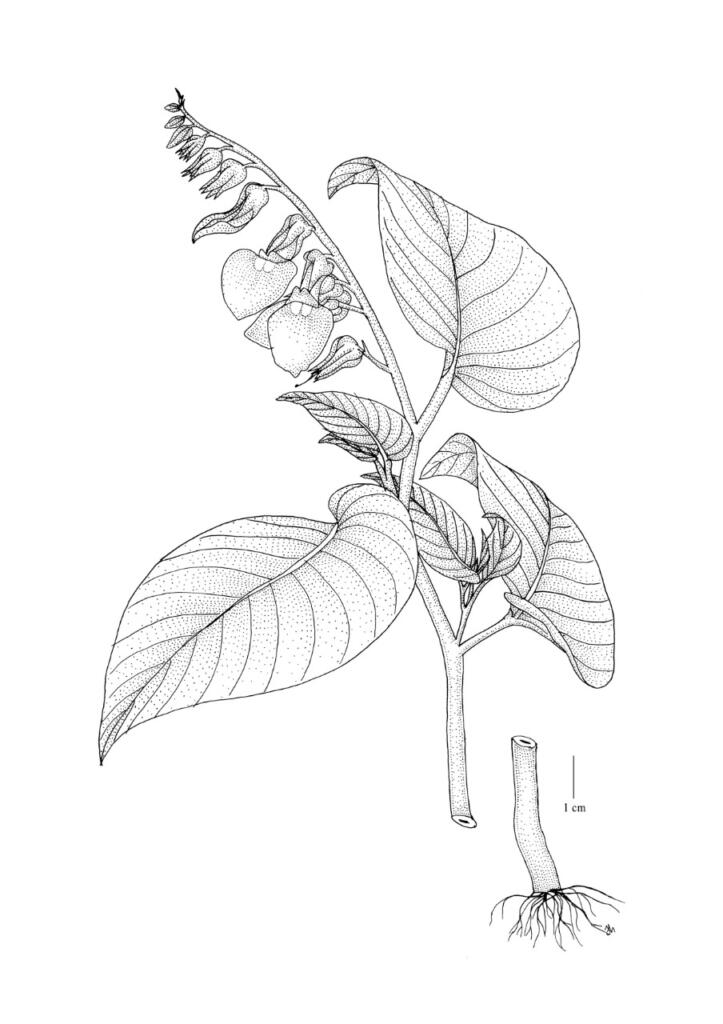Scientific name: Rhynchoglossum notonianum
Family: Gesneriaceae

English name: Desert Rose, Impala lily
Location: Native to the Sahel regions, south of the Sahara (from Mauritania and Senegal to Sudan), and tropical and subtropical eastern and southern Africa and Arabia.
Conservation status: critically endangered
General Features:
It is an evergreen or drought-deciduous succulent shrub (which can also lose its leaves during cold spells, or according to the subspecies or cultivar).
- It can grow to 1–3 m (3.3–9.8 ft) in height, with pachycaul stems and a stout, swollen basal caudex.
- Leaves – spirally arranged, clustered toward the tips of the shoots, simple entire, leathery in texture, 5–15 cm (2.0–5.9 in) long, and 1–8 cm (0.39–3.15 in) broad.
- Flowers tubular, 2–5 cm (0.79–1.97 in) long, with the outer portion 4–6 cm (1.6–2.4 in) diameter with five petals, resembling those of other related genera such as Plumeria and Nerium. The flowers tend to be red and pink, often with a whitish blush outward of the throat.
Uses: - In a wide area of Africa, the root sap or sometimes the wood or stem latex of Adenium obesum is used to prepare arrow poison.
- It is used as traditional medicine.
- It also treats venereal diseases, muscle pain, joint pain, heart problems, and many more.
Text and Illustration: Dr Janeesha Moideenkoya
